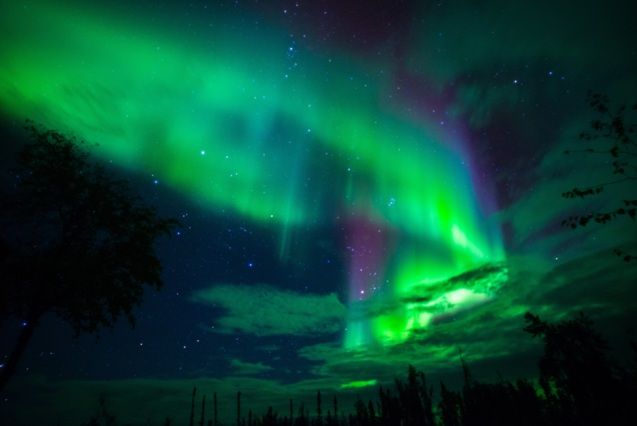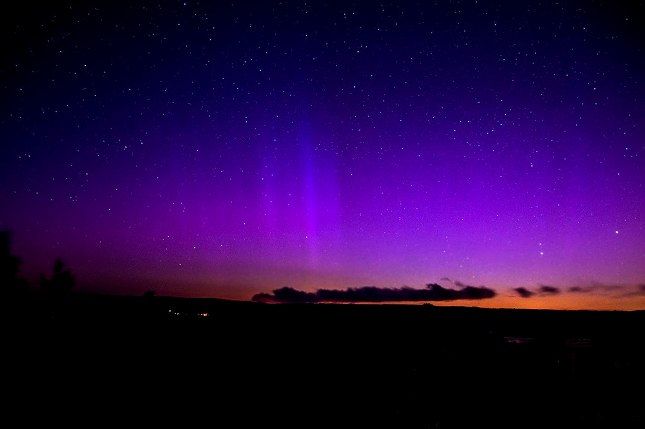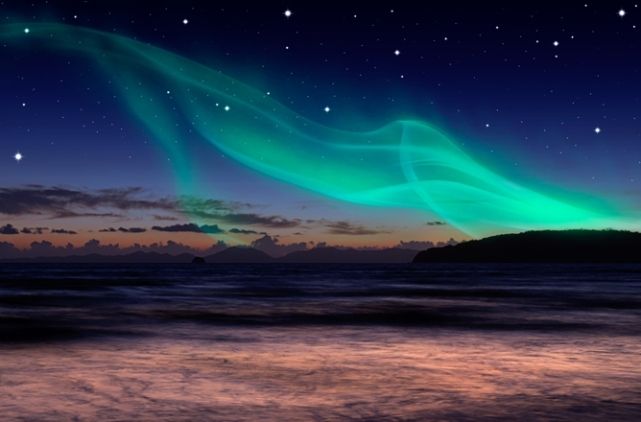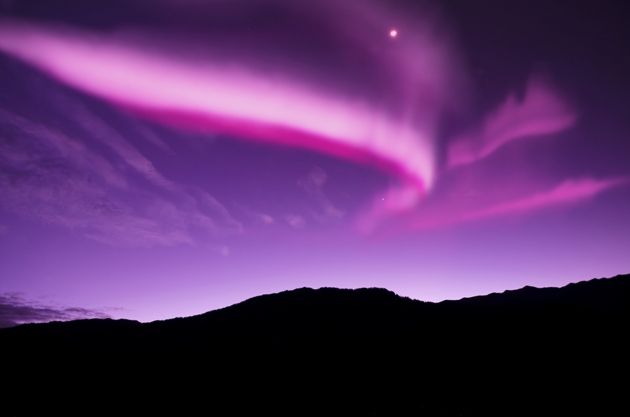3 shades of blue, purple and green colour Britain’s skies courtesy of Aurora Borealis
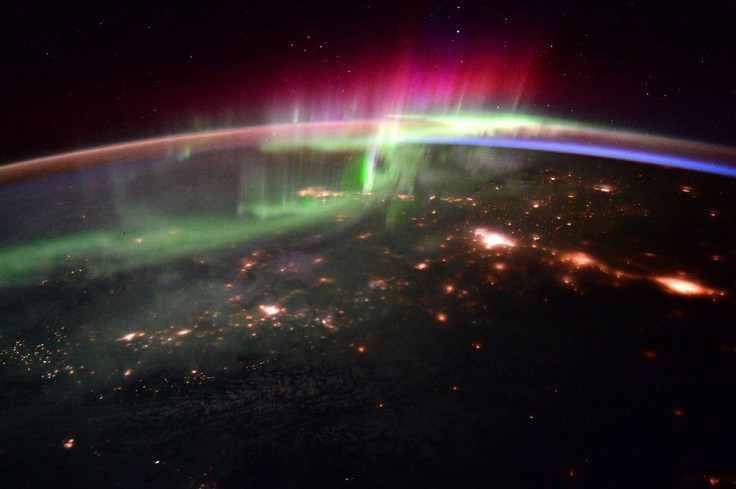
It was not just Britons who enjoyed a spectacular display of the Northern Lights on Sunday night when shades of blue, purple and green coloured the night sky. From the International Space Station (ISS), it is also visible. In January, European Space Agency astronaut Tim Peake filmed also the Aurora Borealis over northern Canada from the ISS.
Charged solar particles that interact with Earth’s magnetic field are the reasons behind the Northern Lights, seen in the UK as far south as Oxfordshire. Large parts of the country also witnessed the Aurora Borealis because of a combination of conditions in the space and the lower atmosphere.
“Once in a while, the solar winds are enhanced to levels stronger than normal, with particles at higher speeds, and on this occasion it has connected really well with the Earth’s magnetic field,” Met Office space weather adviser Amanda Townsend explains to The Telegraph.
It helped that much of the skies over England and Scotland were clear on Sunday night that a lot of residents took photos and shared the images on social media.
The Met Office, UK’s weather bureau, says the Northern Lights are seen as large areas of colour, including pale green, pink, shades of red, yellow, blue and violet in the direction due north. However, if the aurora is weak, the colours would be faint and spread out.
Explaining the different colours, the Met Office notes that “Depending on which gas molecules are hit and where they are in the atmosphere, different amounts of energy are released as different wavelengths of light. Oxygen gives off green light when it is hit 60 miles above the Earth, whilst at 100-200 miles rare, all-red auroras are produced. Nitrogen causes the sky to glow blue yet when higher in the atmosphere the glow has a purple hue.”
It recommends viewing the spectacular light display in darkness and away from light pollution. The lights could be as high from 50 miles to 400 miles above the Earth’s surface.

